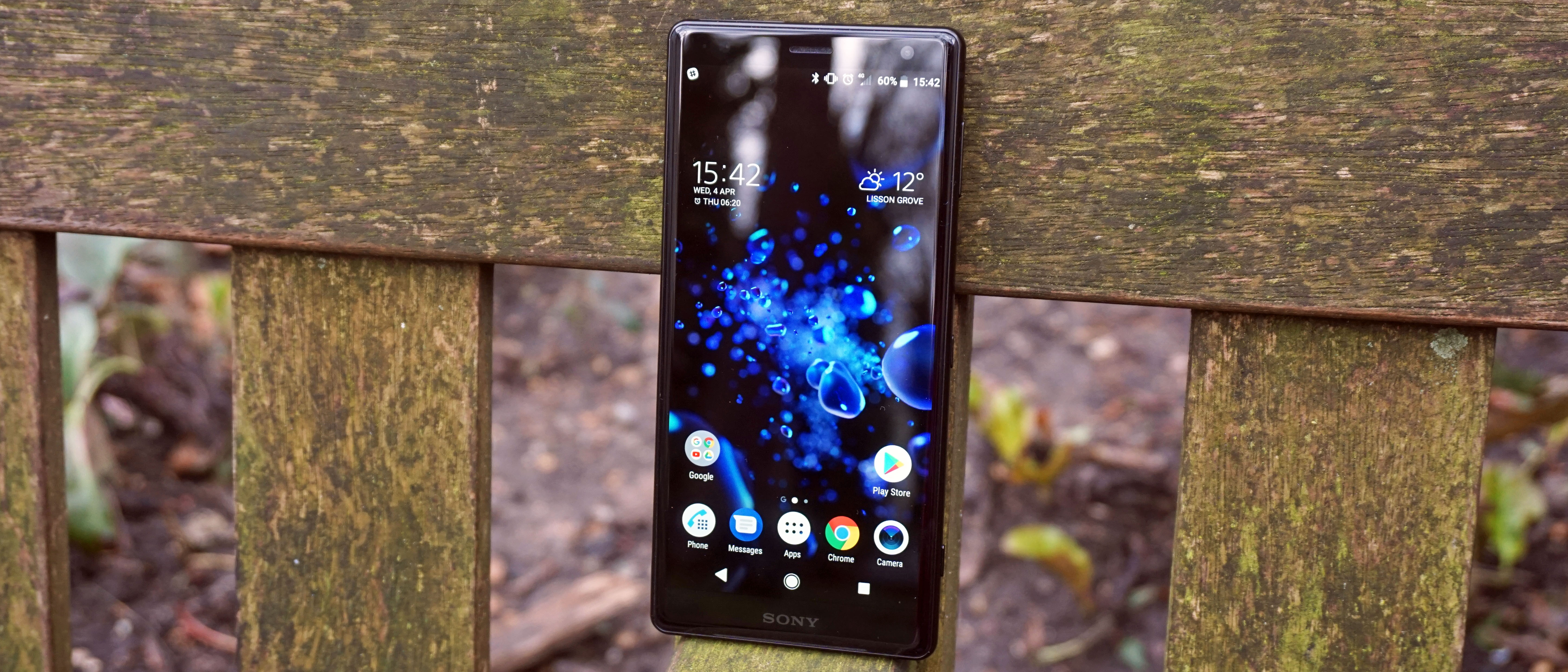Why you can trust TechRadar
Design
- Premium design, but it's still large, heavy and offers little grip
- Poorly placed fingerprint scanner and no headphone jack
The Sony Xperia XZ2 has been given a relatively major design overhaul compared to the previous few generations.
The rear and sides of the handset are now more curved, allowing it to sit in the palm more nicely, with the camera, flash and sensors moved into a central, vertical column on the back.
It looks and feels premium, with the metal frame running around the circumference of the device providing a classy-looking and strong framework.
The sizable bezels that we've chastised Sony for over the years have also been reduced on the front of the handset, giving a cleaner, more modern look to the device.
Measuring 153 x 72 x 11.1mm, the Xperia XZ2 is still bigger than the Galaxy S9 and iPhone X – both of which have 5.8-inch displays versus the 5.7-inch offering here – and it's also heavier at 198g.
Sony Xperia XZ2 hands on gallery
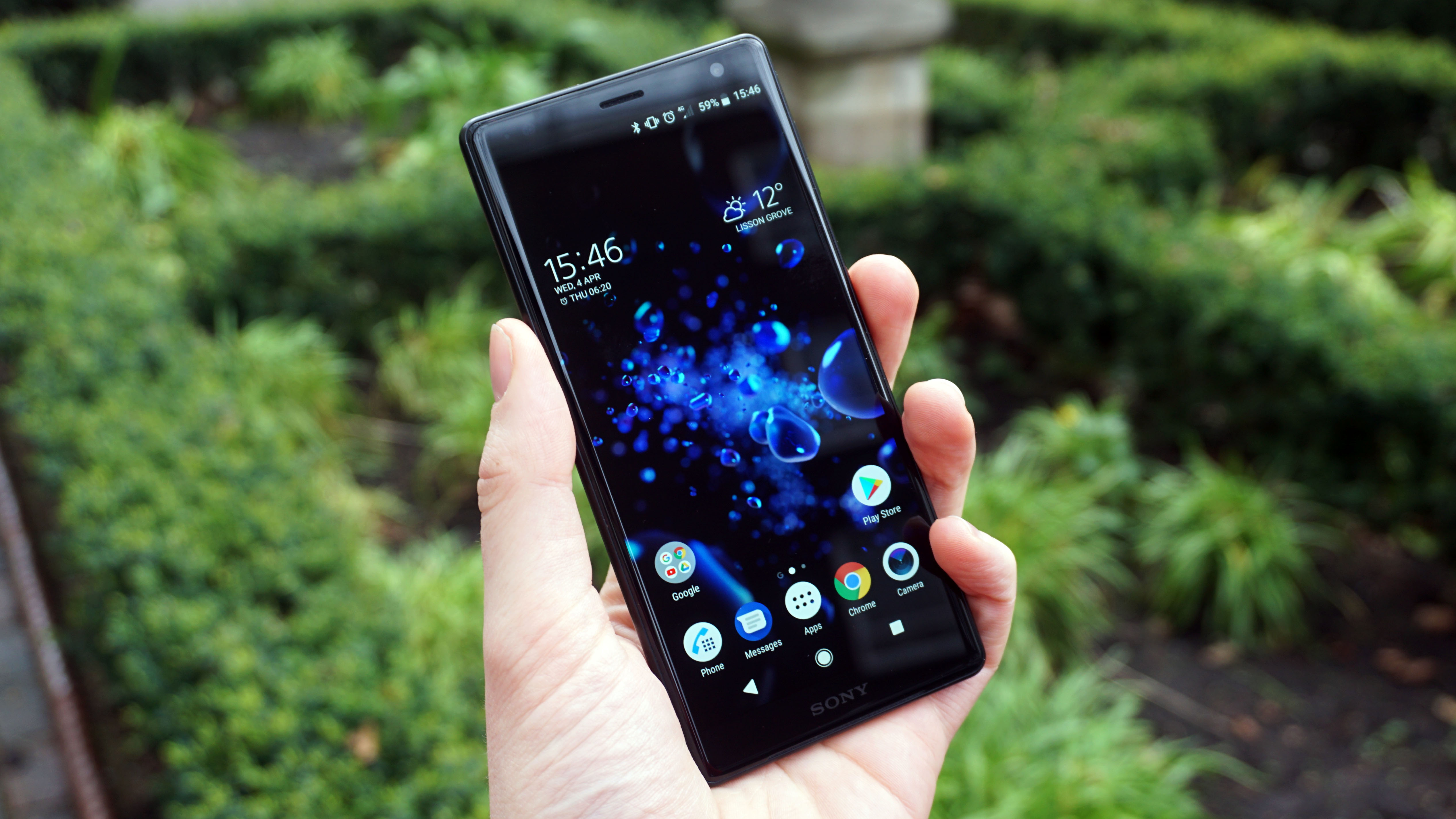
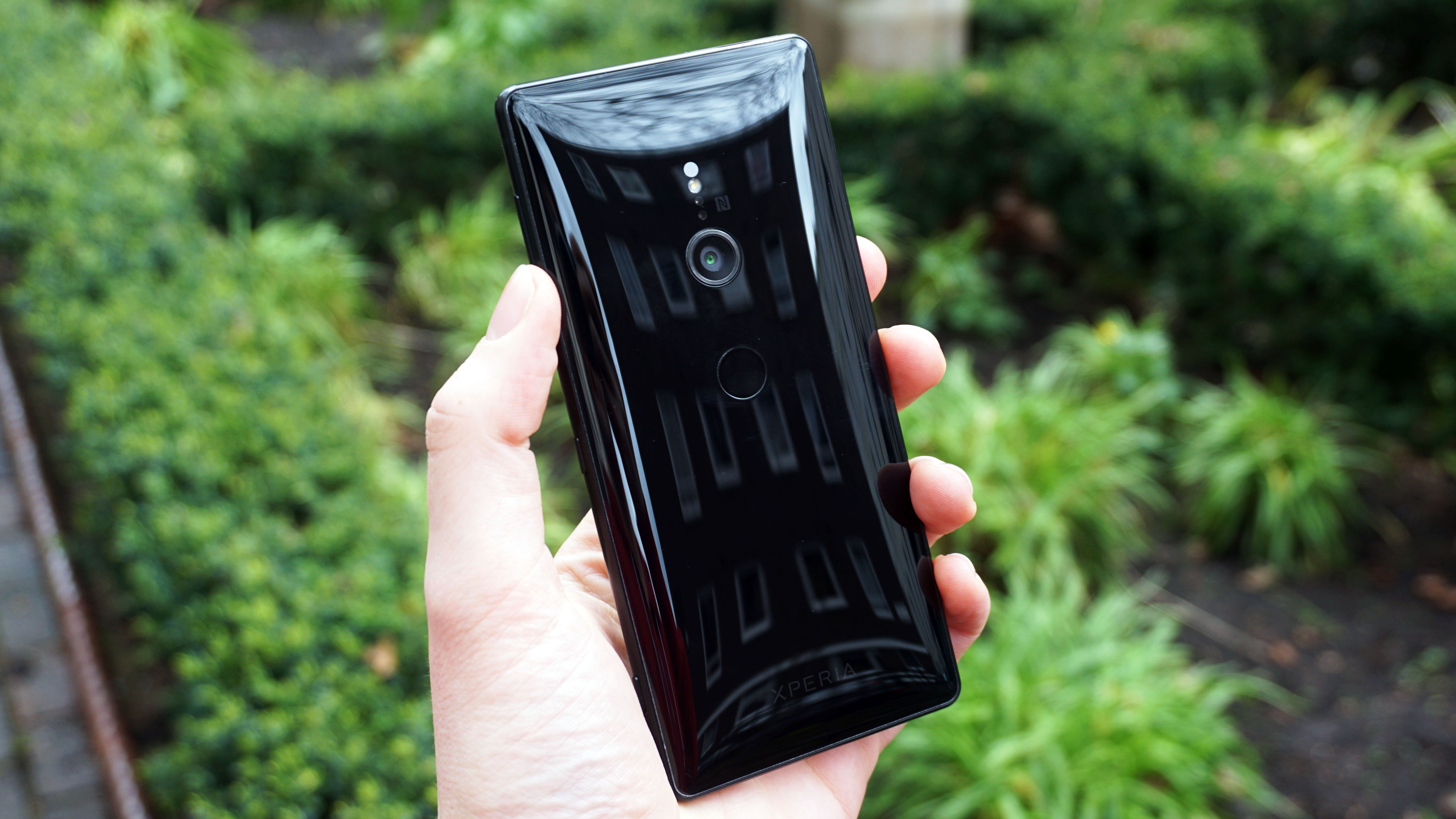
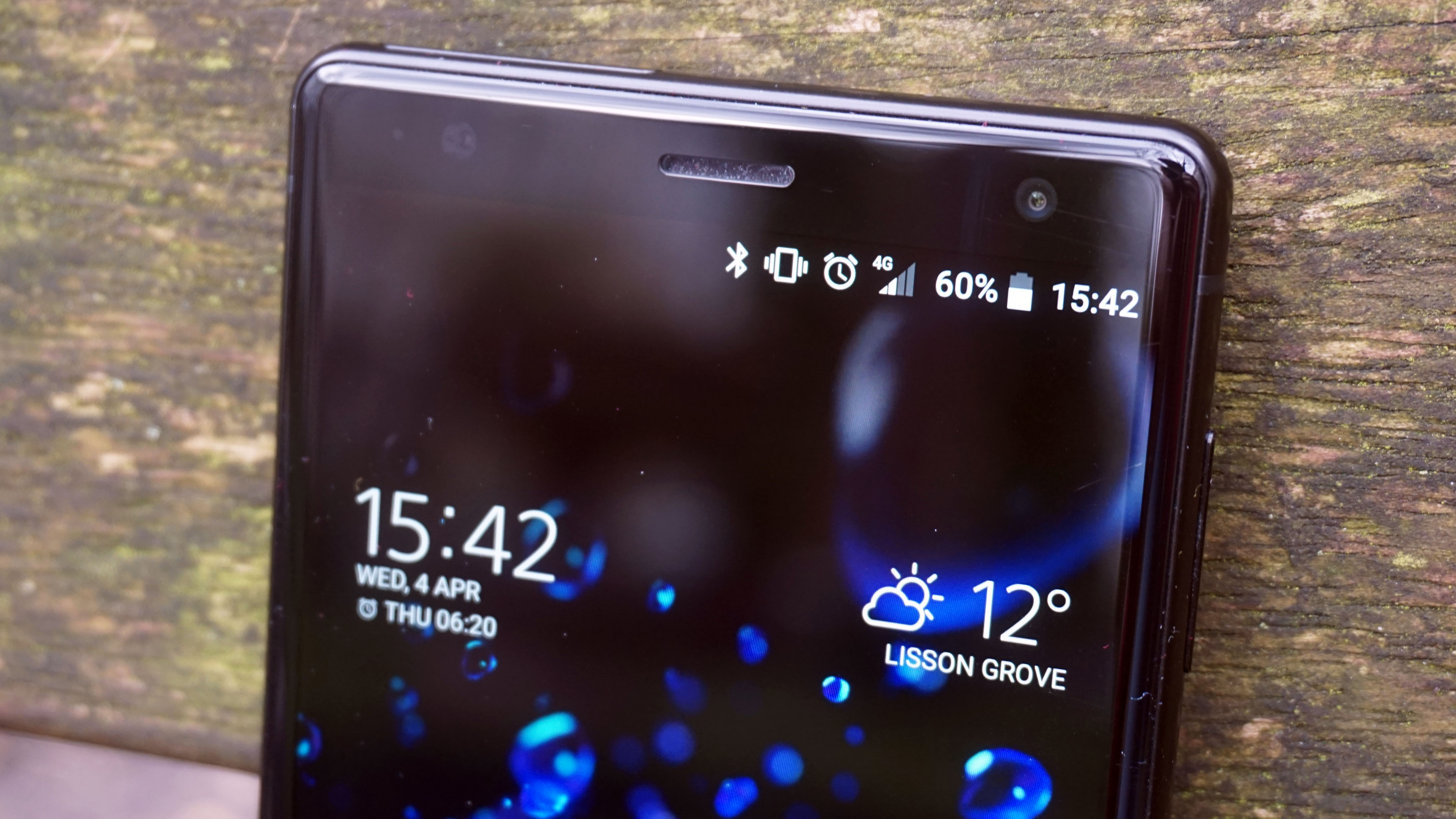
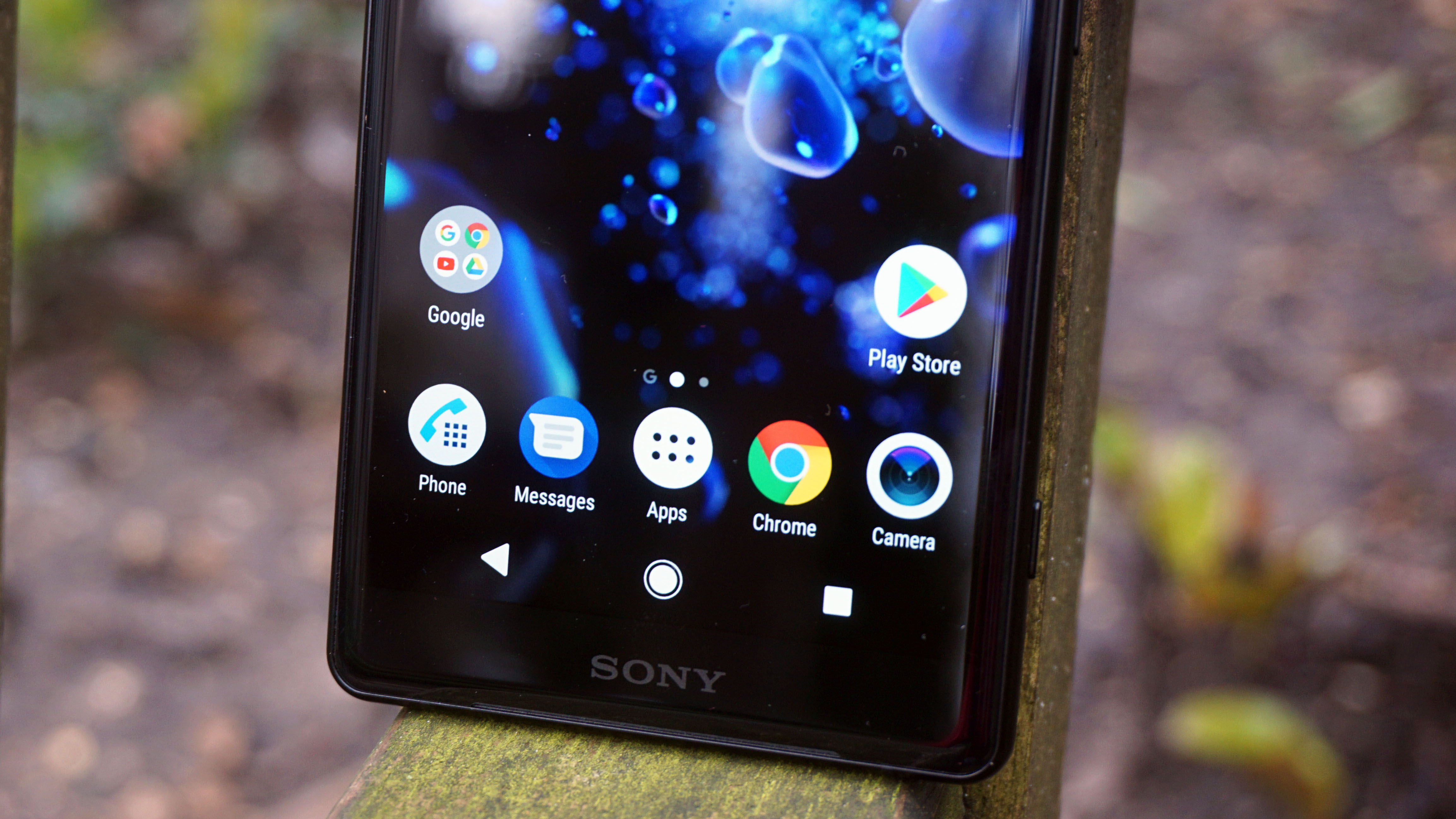
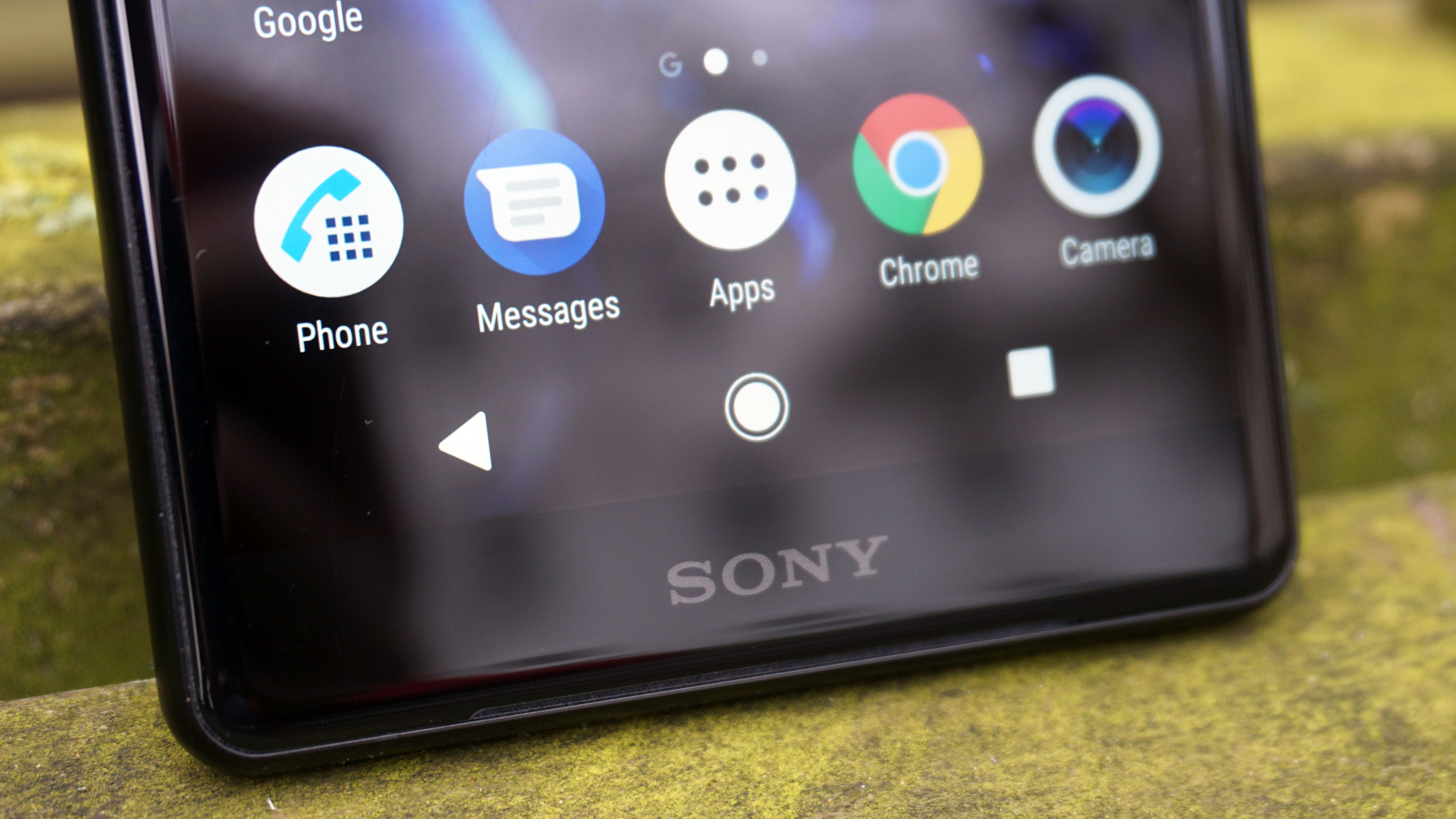
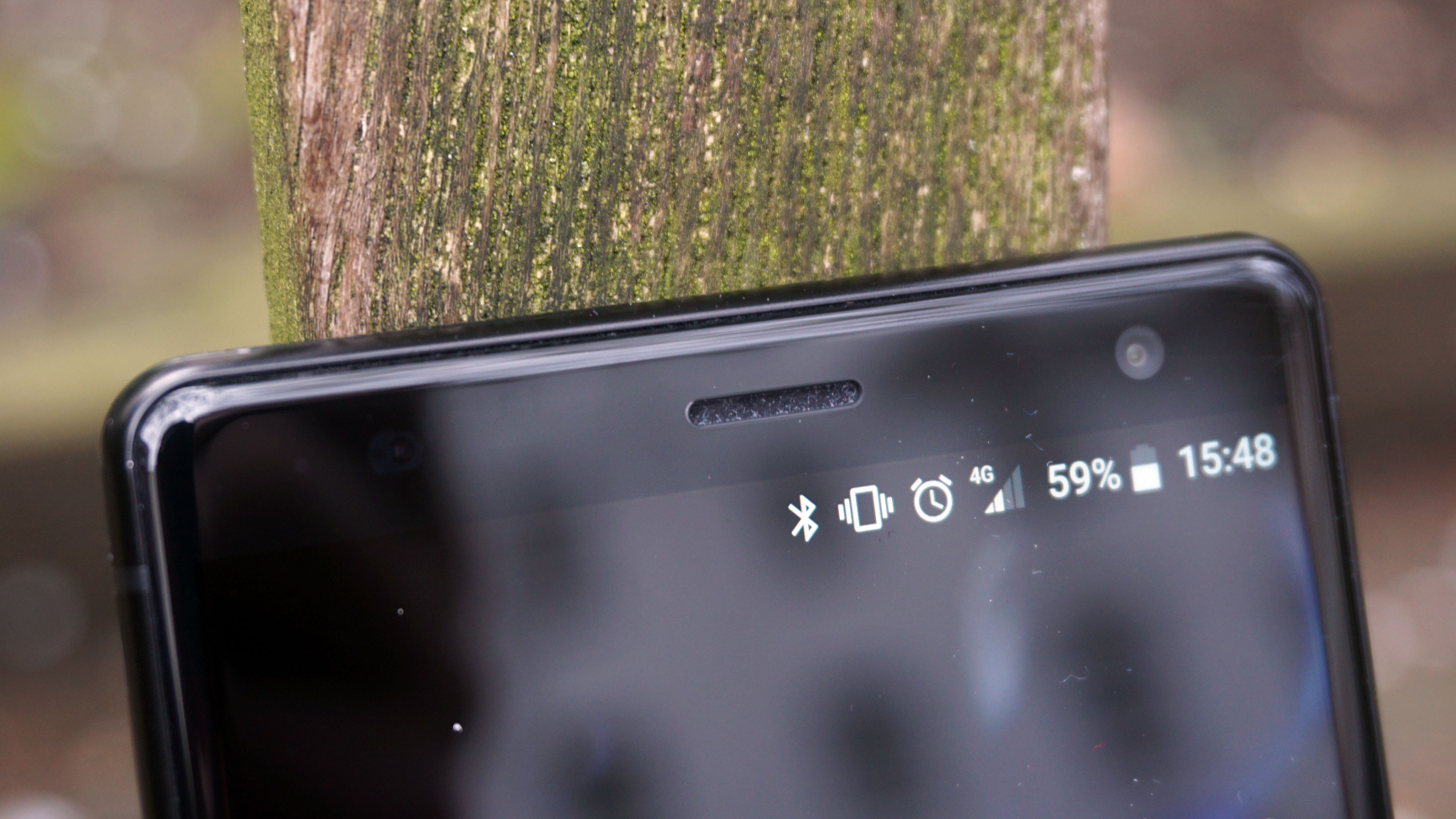
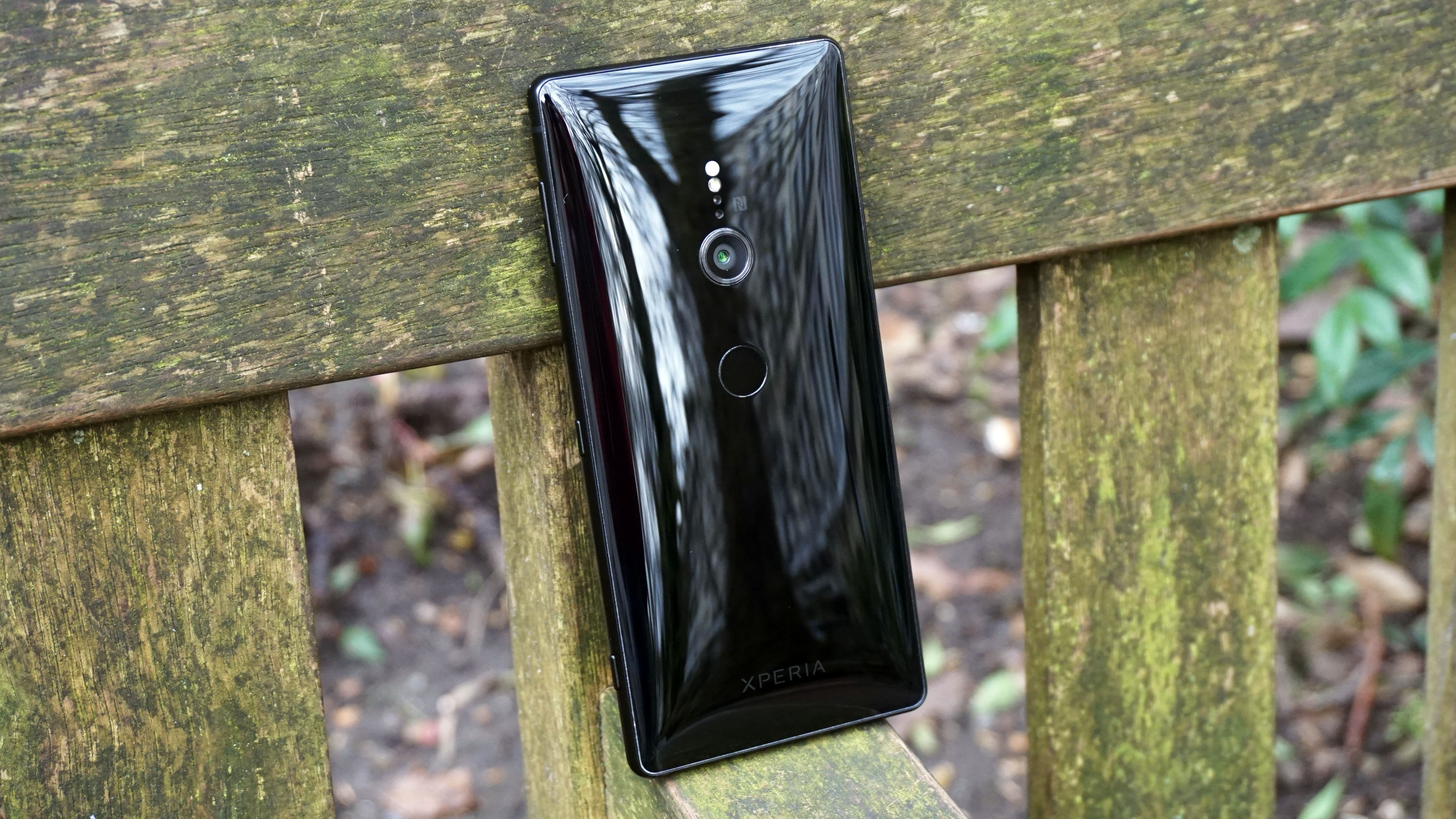
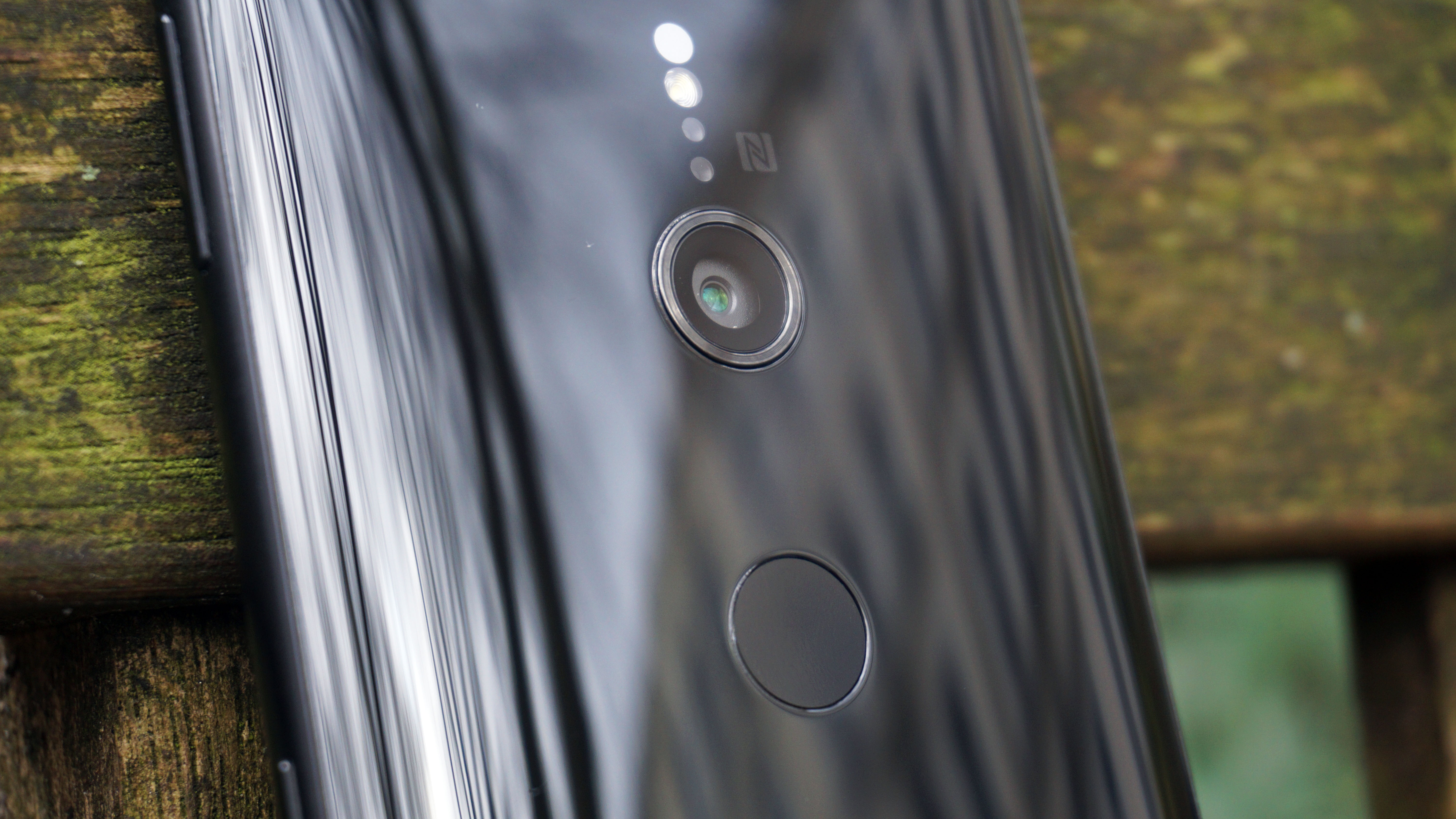
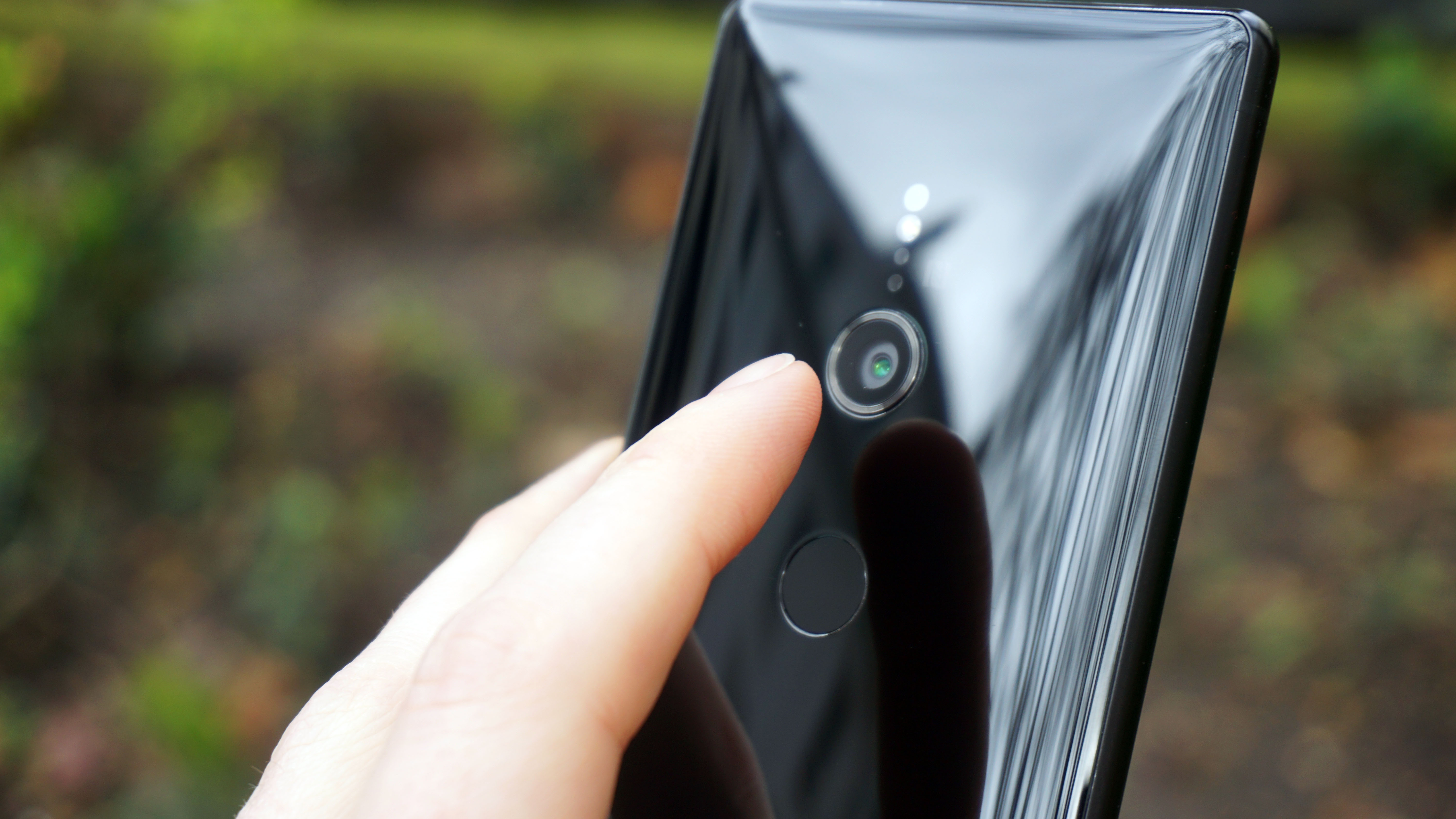
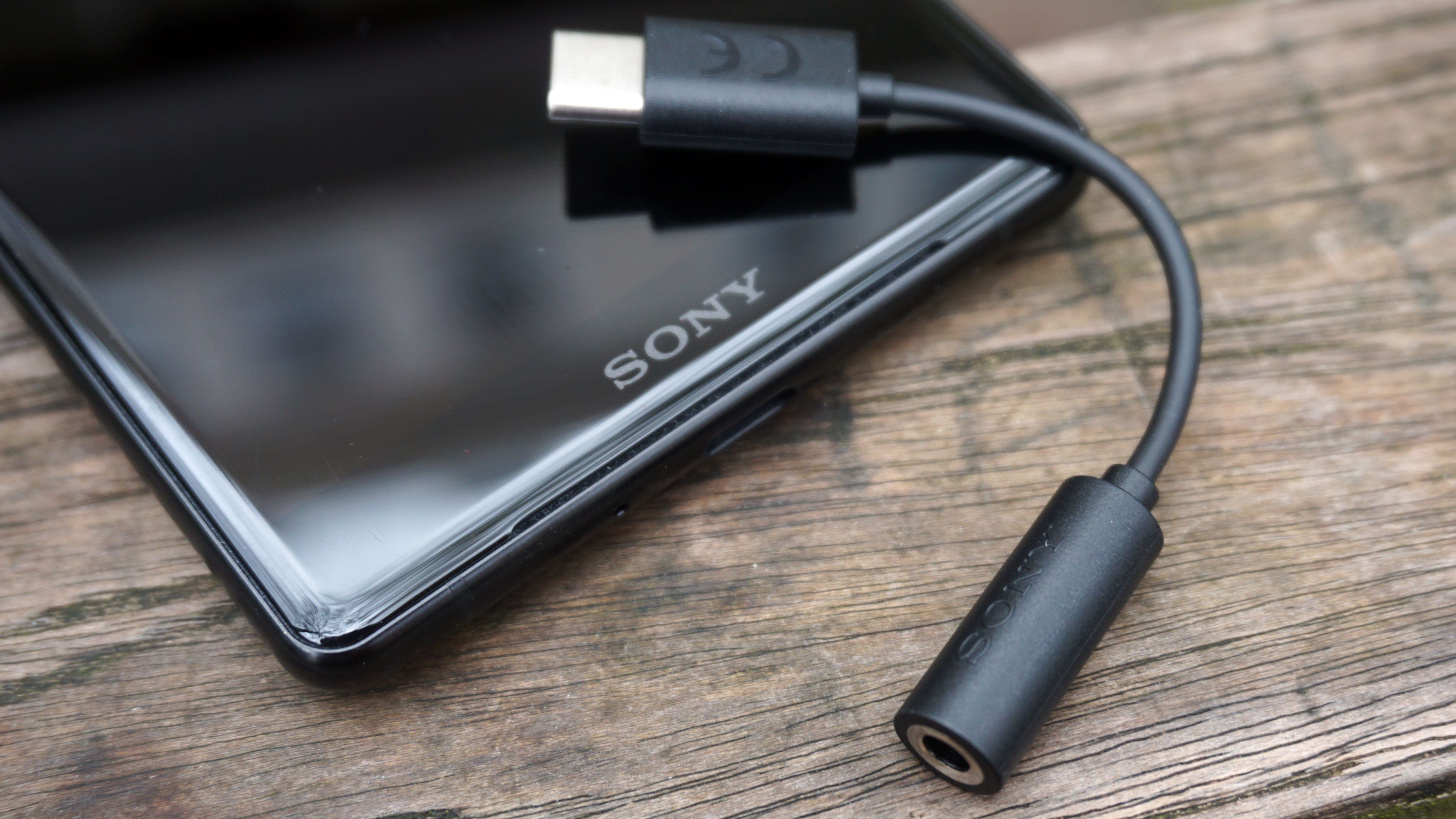
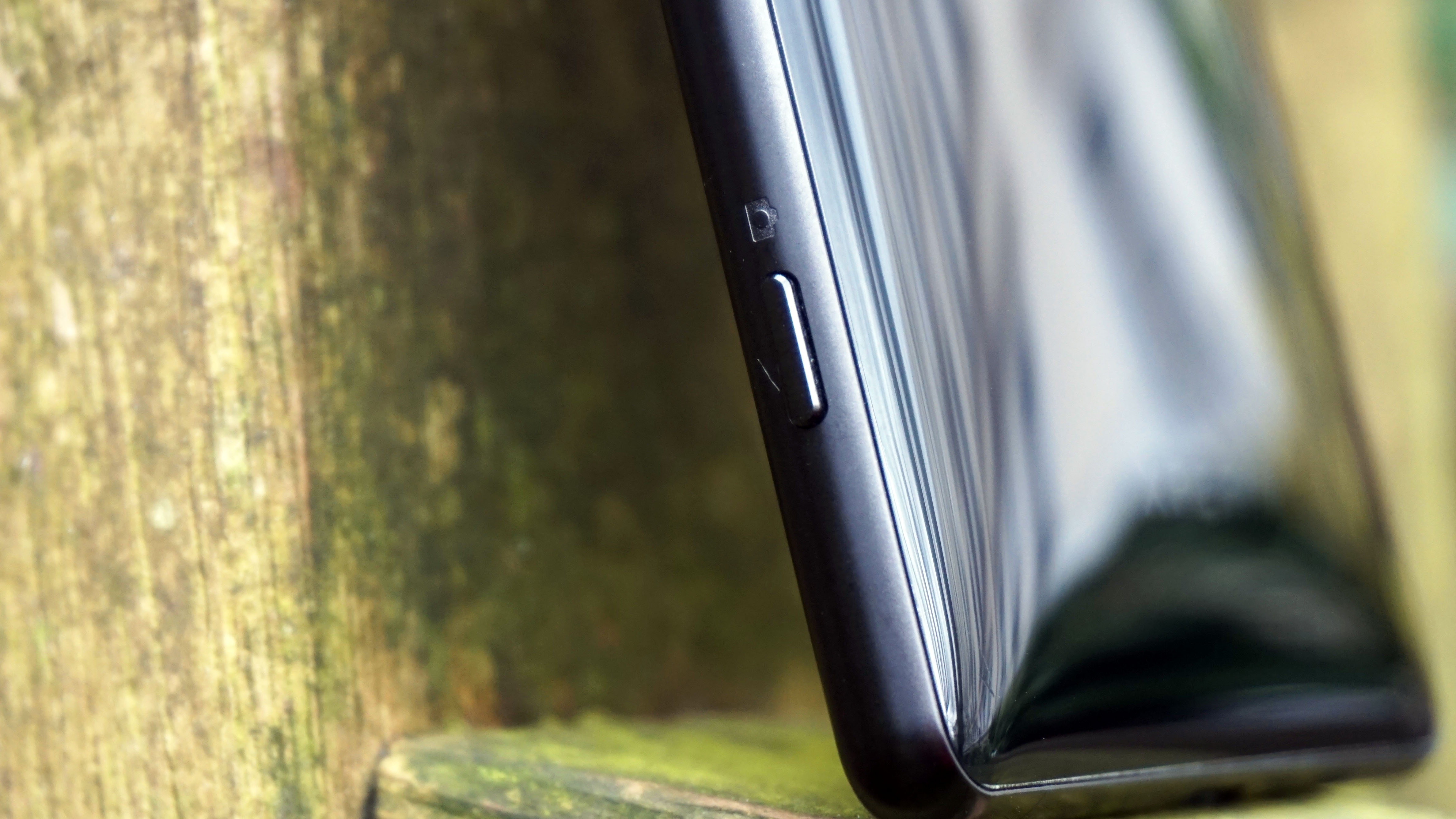
The additional thickness does make it feel a little like a flagship phone from a few years ago, too – while it's great to see Sony pushing new design boundaries, the Xperia XZ2 still doesn’t boast the refinement of its key rivals.
Oh, and another thing, this phone offers zero grip.
Even when we plugged it in at night and popped it on our bedside table, the ever-so-slightly taught charging cable generated enough force to drag the phone along the surface and ultimately onto the floor – less than ideal as you're about to drop off to sleep.
The fingerprint scanner has been relocated to the vertical stack on the rear after spending several generations on the side of Sony's flagship handsets. There's good news for those in the US too, as Sony has finally seen fit to include the biometric feature on its North American handsets after years of inexplicably omitting it for that market.
While the move to the back may be a welcome one for some users, Sony has made quite a major mistake when it comes to the placement of the scanner – it's far too low down on the rear of the phone.

You'll find when you come to use the scanner that your forefinger lands naturally on the camera above it instead.
We lost count of the number of times we tapped the camera thinking it was the digit reader; even when we made a conscious effort to bend our finger to hit the scanner, we'd still hit the camera on occasion.
The two feel very similar to the touch, so it's not easy to realize that you're tapping in the wrong place.
As the days passed we did get better at landing on the fingerprint scanner, but we were still smudging the camera on multiple occasions after more than a week of using the phone.
The power/lock key is conveniently located on the right of the Xperia XZ2, with the volume rocker above it and a dedicated camera key below.
The SIM tray can be found on the top of the phone, while there’s a USB-C port on the bottom. What's missing? Yep, you've guessed it: a headphone jack.

Sony has decided that now is the time to ditch the port, opting instead to provide an adaptor in the box to allow you to plug in your wired headphones via the USB-C port.
It's not a surprise that Sony has done this, as more and more manufacturers are following the trend, but it is disappointing considering the emphasis it usually puts on the gaming, video and music prowess of its smartphones.
The Xperia XZ2 does come with an IP65/68 rating, ensuring that it’s both dust-proof and water-resistant, which means it’ll survive being caught in the rain or an accidental drop into the bath.
Display
- 5.7-inch HDR display
- 'Only' Full HD resolution
The 5.7-inch Full HD display on the Sony Xperia XZ2 feels a little out of place on a top-end handset, where QHD resolutions are the norm.
It does, however, feature the now-popular 18:9 aspect ratio, giving you a wider display in landscape orientation which is better suited to movie playback, as well as more vertical space for scrolling apps.
This means the height of the handset has grown compared to the Xperia XZ1 and its 5.2-inch, 16:9 display, although Sony has reduced the size of the bezels to stop it getting too gargantuan.

That said, Sony has always been a bezel-loving brand, and somehow it’s managed to stick with a fair amount of bezel above and below the screen. It doesn’t look as attractive as the iPhone X or Galaxy S9 – it's not terrible, but it's not the flowing, glossy screen/chassis meld we could have had.
Sony’s screen technology is often underrated, losing out in the popularity stakes to the eye-popping imagery delivered by the Samsung Galaxy range or iPhone X. But Sony's efforts are far from second-rate.
The debate over whether 2K / QHD screens are worth the extra power required to drive them rages on, but there is a definite difference in clarity, and we’re a little disappointed that Sony has continued to stick with a Full HD resolution.
Given that Sony is striving to make its flagship phones the very best, it’s an odd choice to not plump for that spec here.
HDR content will display a more realistic color range, with an expanded contrast ratio to make black parts of the image look closer to ‘true’ black.
What the screen does do is upscale from standard-definition content to HDR (High Dynamic Range), which is the new buzzword on mobile phones. What this means is that you get an improved color range and ‘blacker blacks’ for a more realistic visual experience.
This support also unlocks HDR content on services such as Netflix, Amazon Prime Video and YouTube, and these videos look fantastic on the Xperia XZ2.
Generally the screen is very good – it’s bright and clear – but slide it alongside QHD rivals with AMOLED panels and there’s an obvious different in quality, with the XZ2 not faring as well.
However, in isolation it still looks great for day-to-day tasks – it’s really just intense gaming and high-quality video where it doesn’t quite hit the very top flagship marks.
Current page: Design and display
Prev Page Introduction, price and key features Next Page Battery life
TechRadar's former Global Managing Editor, John has been a technology journalist for more than a decade, and over the years has built up a vast knowledge of the tech industry. He’s interviewed CEOs from some of the world’s biggest tech firms, visited their HQs, and appeared on live TV and radio, including Sky News, BBC News, BBC World News, Al Jazeera, LBC, and BBC Radio 4.
